The New Gastronome
Why We Need Butchers
An Ode to a Bloody Beautiful Job
by Elisabeth Berlinghof
by Elisabeth Berlinghof
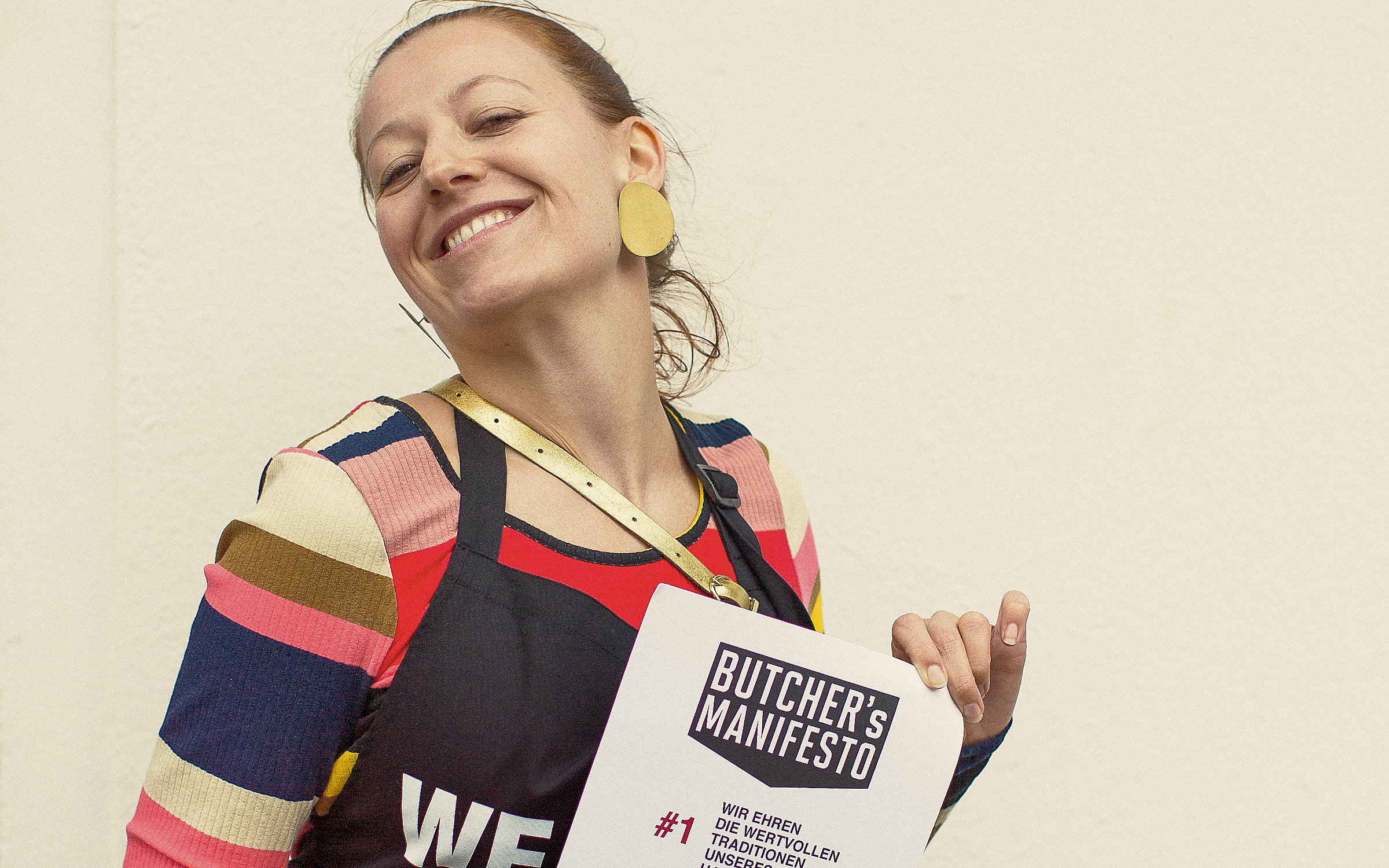
Two years ago, living in a German city, I was dreaming about organizing vegan brunches. Now, I want to barbecue a whole pig. Clearly, something has changed.
Apart from realizing how influenced, I am by my surroundings, how much of a social being I am even as an eater, there’s something else that crawls through my mind: What if the apparent incongruence of the two approaches was only superficial? “Vegans are often the people with whom I have the most to talk about“, a butcher tells me. So, maybe both, the abstinence of meat and the wholesome experience of it, are just different paths to the same goal: curing our relationship to eating animals and bringing it (back?) to ethically supportable forms, both for us and the ecosystem around us.
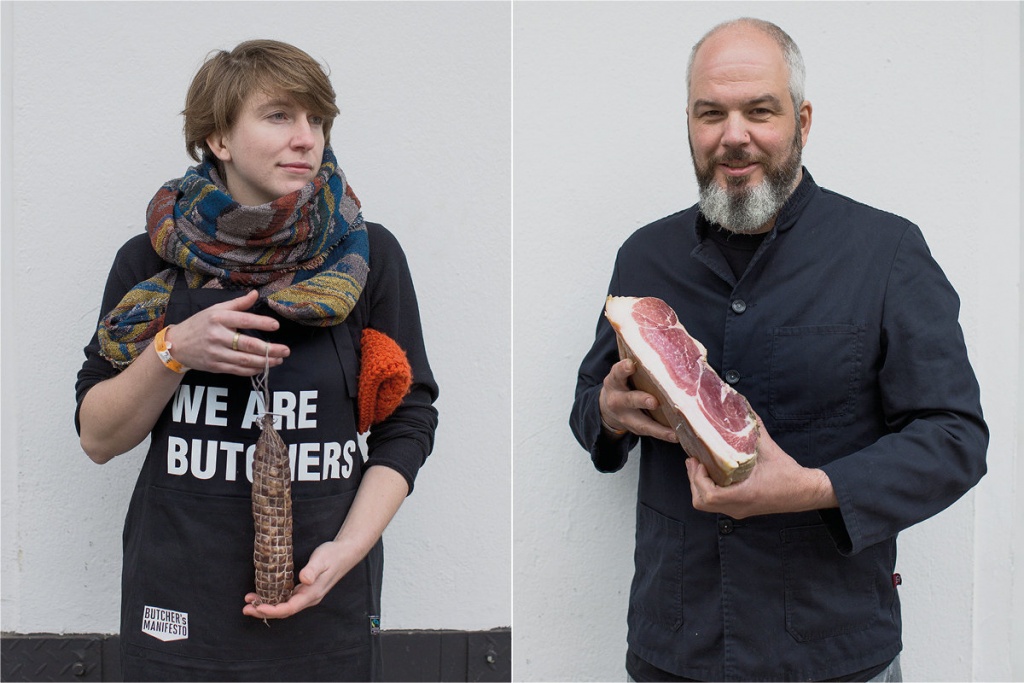
“Our day-to-day life is bombarded with fortuities or, to be more precise, with accidental meetings of people and events we call coincidences. “Co-incidence” means that two events unexpectedly happen at the same time, they meet.”
– Milan Kundera, The Unbearable Lightness of Being
Coincidence it was, that made me meet Olga, an important collaborator of the Butcher’s Manifesto. She had been one of the sparks of Berlin-fostered innovation that ignited a group of several German-speaking butchers to take action. Following the wish to bring together all the butchers visible in Hendrick Haase’s book “Crafted Meat” with the goal of reforming butchery – a craft that could seem a bit out of time between the urban food movements of today – founder Michael Museth and twenty-three butchers from around the world came together to formulate five main principles for good butchery in Copenhagen: The Butcher’s Manifesto.
A. D. V. E. R. T. I. S. I. N. G.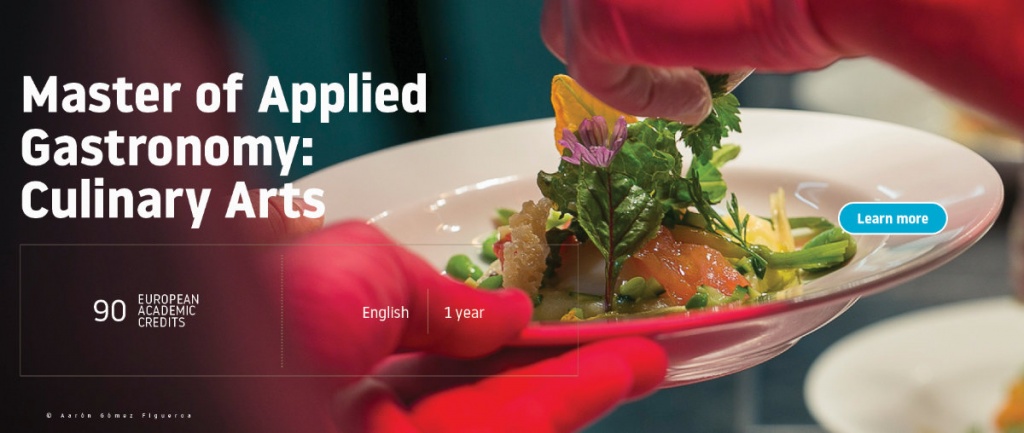
Now, the manifesto is a network of butchers, but at its basis, it’s a document. Written in a process of co-creation, it brings together the voices of all its members, it formulates the common ground between a diversity of butcheries, with locations ranging from Italy to the centre of New York City, and it goes like this:
|
#1 WE HONOUR THE VALUABLE TRADITIONS OF BUTCHERY.
#2 WE INSIST ON AN HONEST AND TRANSPARENT APPROACH TO MEAT.
#3 WE PROMOTE THE EXCHANGE OF KNOWLEDGE AND EXPERTISE.
#4 WE REPRESENT A CRAFT THAT IS THE JOYFUL EXPRESSION OF TRADITION AND INNOVATION.
#5 WE LEAD THE CONVERSATION ABOUT RESPONSIBLE CONSUMPTION OF MEAT. |
Only once I found myself surrounded by this group of pioneer butchers in Berlin, I got a glimpse into the potential of this profession. The Butcher is the key figure in guiding us in our relationship with meat, in choosing appropriate animals and quality, in cutting, in transforming and in advising us about the usage of different, particular cuts. But who today really still relies on this craft in their everyday life, when the majority grabs the prepackaged discounter meat from the shelf? Meeting butchers from all around the world, makes me wonder if it’s not their knowledge we need to preserve and celebrate the path towards a reflective and sustainable consumption of meat?
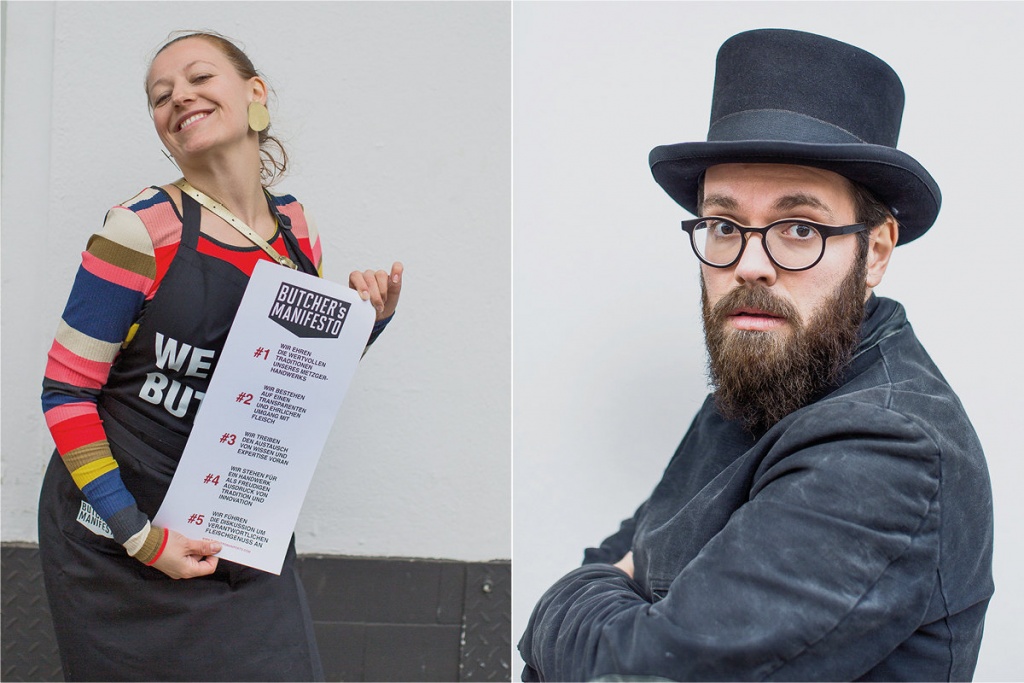
We need butchers to choose animals for us that have been raised in an environmentally sound way, both for the soil’s health and for our own. But there is also a tricky part to their role: they need to sell us something we should be eating less of. Some of the butcher’s in the manifesto have shown that this paradox can be brought to the table openly, for example by promoting farmers who respect the land’s animal holding capacity, by telling stories like that of Matheus Sborgia, fellow UNISG alumni, who has taken on the challenge of returning the raising of cattle to a regenerative way in Brazil. He follows Allan Savoury’s stream of thought, according to whom carbon can actually be sequestered in the ground if cattle are managed with care. This method is called management intensive or rotational grazing. By precisely regulating the time the animals stay on a certain field, the grass is stimulated and grows more productively, roots reach deeper and structure the soil, and pollution by faeces as well as soil compaction are avoided.
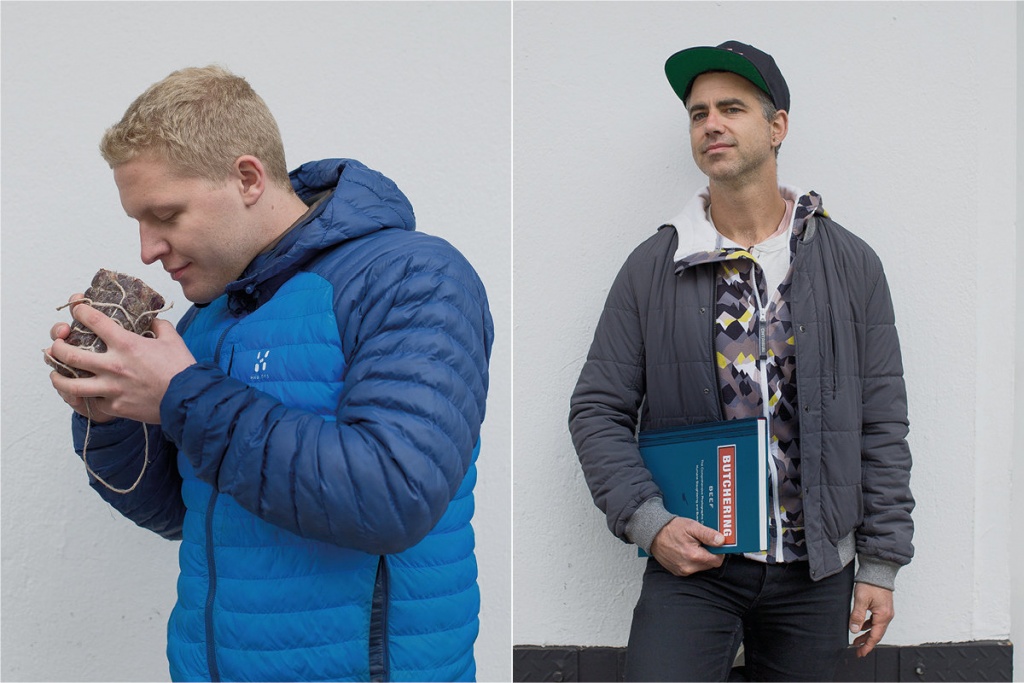
Pasture-raised meat is the better choice also for those who don’t (just yet) care for the environment’s health, but only for their own: The fatty acids an animal eats are exactly the ones that will end up on our plate. Fatty acids coming from fresh grass are proportionally more unsaturated, therefore considered more healthy; than the ones from soy and corn, which are more saturated and, therefore, considered less healthy. Aside from fatty acids, fresh grass also comes along with antioxidants. In “An Omnivore’s Dilemma”, Pollan even speculated whether a soy- and corn-fed salmon could actually have less unsaturated fatty acids than a pasture-raised beef. In this case, fish could end up being less healthy than meat, depending on the feed the animal is given.
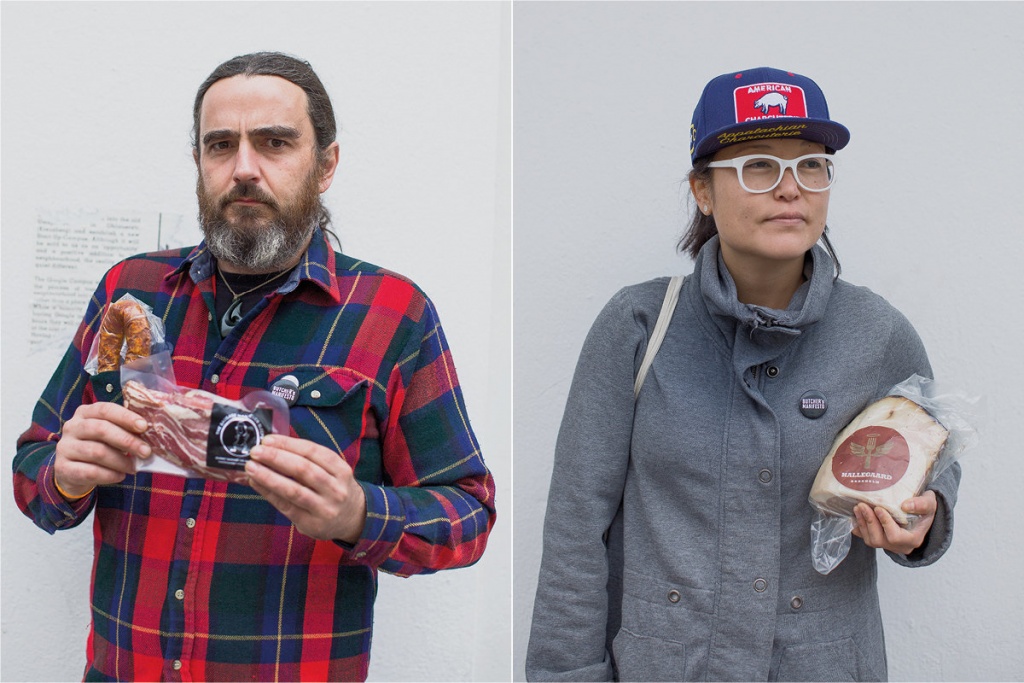
And we can taste their feed, too! Grass-fed meat tends to have more yellow fat and a distinct grassy flavour. It, therefore, needs different preparation techniques than corn-fed meat. Dave Raylinski of the Highland Hollow Farm in New York tells me that typical American consumers are so used to the taste of industrial meat that they won’t accept the intensive aroma of purely grass-fed meat if prepared like the one they know. These taste and preparation differences need to be guided by a butcher. The time where steak was simply steak is over – and how much more interesting that makes it! Imagine if a butcher could give you specific recipes for each season, farm and animal.
Meeting the Chamomile Salami made by Michael Museth at the Folkets Madhus in Copenhagen was proof for me that a butcher’s knowledge can go even further, for example towards charcuterie without nitrates and nitrites. Immediately after cutting, the sausage gives me a glimpse of her shining red past, just for a few seconds, before she hides herself again and leaves me to the shy brown she shows to outsiders. Until I decide to have another slice, just another moment of a shimmering red centre fading away. Because a salami simply cannot stay bright red without those additives – another story to be told by the butcher of the future!
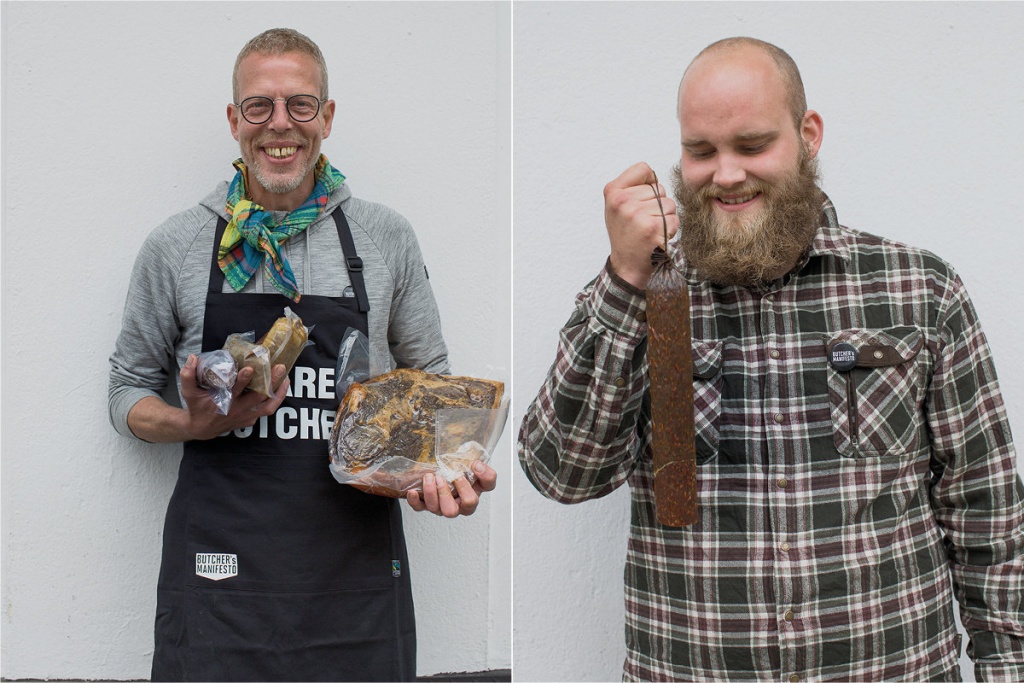
So, how does Michael guarantee the safety of the meat? Well, instead of adding conservants, he leads the meat through a slow smoking process. The sausages slowly build a safe ward around their precious red hearts, hanging out over cold beech smoke for four to six days – and that is only part of a drying period that lasts a few weeks. Is this time and attention spent together between butcher and sausage the creation of a curing relationship in a double sense? It is, in any case, because of this long-term relationship that Michael’s salami fulfils Pollan’s criteria of a trustable aliment: a maximum of five ingredients. Almost too simple to be true, meat, salt, pepper, garlic and chamomile are the only contents. To substitute the sugars, citric acids, milk powder and friends one can usually find in the industrial salami, maybe we should start to write all the hours of attention on the label of this one?
These are only some of the reasons why we need butchers to preserve the knowledge of their craft. In Berlin, the last school offering butchery apprenticeships had to close, because of the lack of young people wanting to learn the profession! Can you imagine how much knowledge is about to be lost, if young people won’t carry it on?
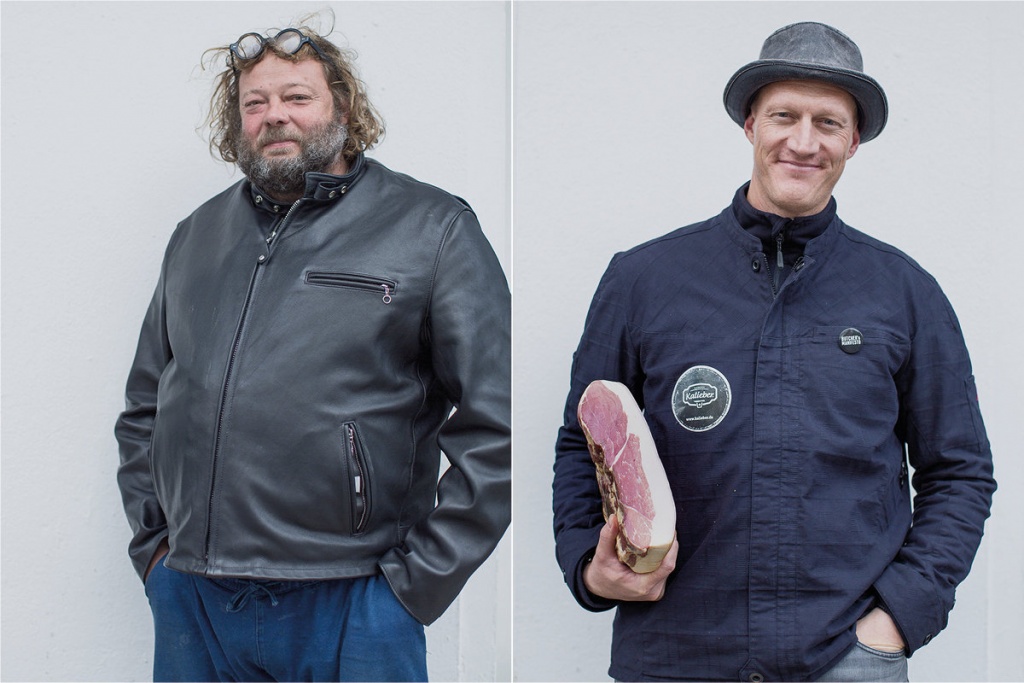
So, while vegetarianism and veganism surely have been extreme movements that were crucial to remind us to stop for a moment and to raise awareness in a screwed system, it is the butchers, who now have the possibility (and responsibility), to bring animal consumption back to a healthy and more environmentally sustainable form, through education and communication. One, where the animal is a respected part of the ecosystem, and not just a tool in an industry of meat. Even several artists have been focused on reforming the image of the butcher: #Wurstkollektiv with its ironic 90s aesthetics being one of them or UNISG alumna Anika Mester with her day-to-day glimpses into what butchery really looks like – bloody beautiful!
Now, stop reading and go out to find the best butcher around you!
Read more in-depth about the Butcher’s Manifesto.
Photos ©Yoni Nimrod
Footnotes